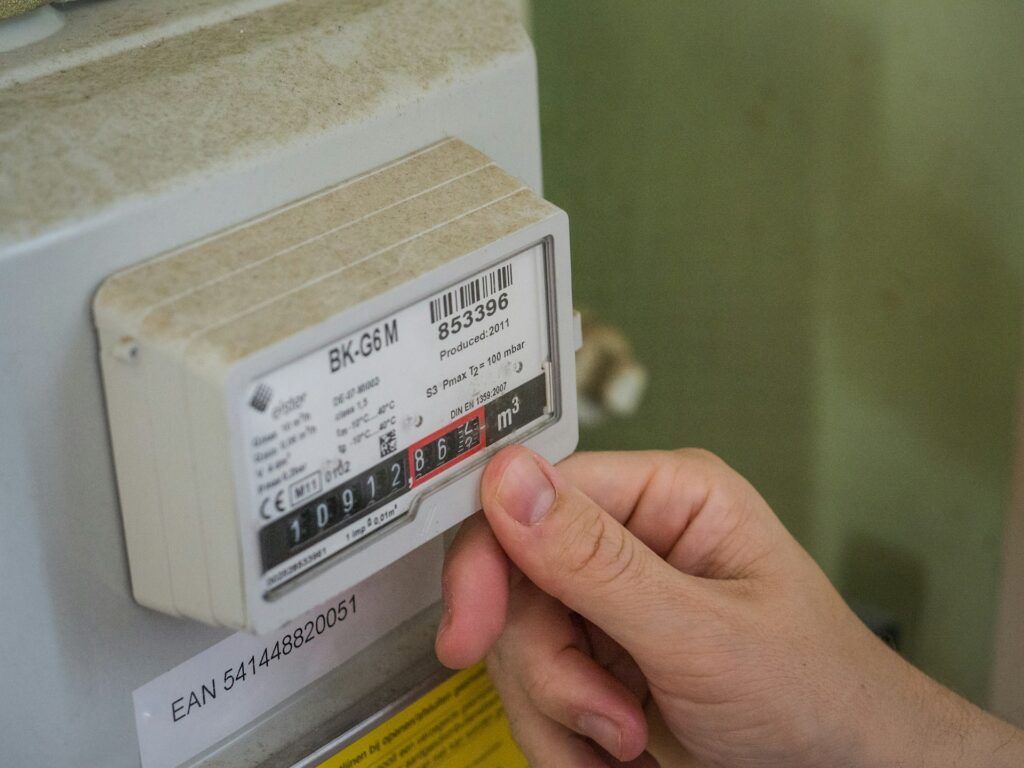Winning at chess takes more than knowing how each piece moves; it’s about strategy, foresight, and efficiency. Did you know that castling early, within the first 10 moves, can increase your odds of winning by up to 23% because it secures your king and activates your rook?
Beginner players often fall into traps like moving aimlessly or failing to coordinate pieces, which opens them up to quick attacks. Each move should serve a purpose, from positioning pieces to defending weaknesses!
By mastering foundational strategies and tips like these to play chess, you’ll build a formidable defense and attack plan, improving both skill and confidence.
How can I get better at chess?
1. Control the center
- How-to: Start your game by playing 1.e4 or 1.d4. This helps you control the central squares and allows for easier piece development.
- How it helps: Controlling the center gives you more mobility and options for your pieces, making it harder for your opponent to gain an advantage. The central squares (e4, e5, d4, d5) are critical as they allow for better maneuvering of your pieces throughout the game.
2. Develop your knights before bishops
- How-to: Prioritize moves like Nf3 and Nc3 in the opening. Avoid moving the same piece multiple times in the opening unless necessary.
- How it helps: Knights are most effective when placed in the center early on, controlling key squares. This allows for better tactical opportunities. Developing your knights first ensures they can control central squares efficiently before the bishops, which often have more limited movement in the opening.
3. Castle early
- How-to: Aim to castle by move 10, preferably kingside. This safeguards your king and connects your rooks.
- How it helps: Castling enhances your king’s safety and places your rook on the central files, which can be crucial for mid-game strategies. It creates a secure position for your king and helps mobilize your rook into play, increasing its effectiveness.
4. Maintain a strong pawn structure
- How-to: Avoid creating isolated or doubled pawns unless you have a solid tactical reason. Aim for pawn chains that protect each other.
- How it helps: A solid pawn structure allows for better defense and can control key squares, making it difficult for your opponent to penetrate your position. Isolated pawns (pawns with no pawns of the same color on adjacent files) can become weaknesses, while a connected pawn chain can offer strong defensive capabilities. Strategic pawn placement and structure is one of the key tips to play chess.
5. Use tactical themes
- How-to: Familiarize yourself with tactics like forks, pins, and skewers. Set up traps using these tactics in your games.
- How it helps: Being aware of tactical opportunities allows you to capitalize on your opponent’s mistakes. For instance, a fork occurs when one piece attacks two others at the same time, while a pin immobilizes a piece because moving it would expose a more valuable piece behind it.
6. Play openings you understand
- How-to: Choose a few openings that suit your style, like the Italian Game or Sicilian Defense, and learn their main lines.
- How it helps: Understanding openings leads to better positions early in the game and prepares you for common responses from opponents. The Italian Game begins with 1.e4 e5 2.Nf3 Nc6 3.Bc4, focusing on rapid piece development and control of the center.
7. Analyze your games
- How-to: After each game, review your moves and your opponent’s responses. Use tools like chess engines or databases to identify mistakes.
- How it helps: Analyzing your games helps you learn from your mistakes, reinforcing your understanding of strategies and tactics. By recognizing where you went wrong, you can improve future decision-making and avoid similar pitfalls.
8. Control key squares
- How-to: Focus on controlling critical squares, especially in the center, and consider moves that reinforce your control, like c4 or f4.
- How it helps: Dominating key squares can restrict your opponent’s movement and lead to stronger attacking possibilities. For example, controlling the d4 square prevents your opponent from effectively developing their pieces and creates opportunities for your own.
9. Endgame practice
- How-to: Spend time studying basic endgames, like king and pawn versus king, and practice these scenarios.
- How it helps: Knowing how to convert an advantage in the endgame can significantly impact your overall performance and success. Mastering these scenarios helps you understand how to secure a win or hold a draw, which is crucial for players of all levels.
10. Stay calm under pressure
- How-to: When under time pressure or facing a difficult position, take deep breaths and assess the board calmly before making a move.
- How it helps: Staying composed allows you to think more clearly, improving your decision-making even in challenging situations. This mental clarity is essential for identifying tactical opportunities and evaluating the best course of action during critical moments.
By integrating these strategies into your play, you can develop a stronger chess foundation and become a more formidable opponent!
What is the 20 40 40 rule in chess?
The 20/40/40 rule in chess suggests spending 20% of your time on the opening, 40% on the middlegame, and 40% on the endgame, improving focus on complex phases and minimizing late-game errors.
The rationale is that the opening phase typically requires less calculation, while the middle and endgame demand more complex strategic and tactical thinking, making it crucial to allocate ample time to these stages to minimize mistakes and increase chances of success. This is one of the key tips to play chess!
3 winning moves in chess no one tells you about
1. Scholar’s Mate
This classic four-move checkmate targets the f7 square, which is vulnerable in the opening. Begin with 1.e4, followed by 2.Bc4 (targeting f7) and 3.Qh5. If Black fails to defend with moves like 2…e6 or 3…g6, they can be checkmated on the next move with 4.Qxf7#.
This is particularly effective against beginners who might overlook their defenses!
2. Fool’s Mate
One of the fastest checkmates, Fool’s Mate, can occur in just two moves if White makes a critical error. After 1.g4, if Black responds with 1…Qh4#, it results in checkmate.
This highlights the importance of protecting your f2 (or f7) square early on, as it is only defended by the king at the start of the game.
3. Smothered Mate
This checkmate typically arises when a player gets trapped in their own pieces. One effective way to achieve this is through the use of knights. If you manage to corner the enemy king in the back rank surrounded by its own pieces, you can deliver checkmate with a knight move.
For instance, in the Italian Game, after a series of mistakes, a knight can deliver checkmate on f7. The key here is to create a situation where the opponent’s pieces block their own king from escaping.
Mastering these winning strategies will undoubtedly enhance your chess game, instilling confidence and helping you tackle even the toughest opponents. As you implement these tips, you’ll find that the fear of losing diminishes, allowing you to enjoy the game more fully.
Consistent practice and a thorough analysis of each game will lead to significant improvements in your skills. Reflecting on your moves helps identify patterns and mistakes, ultimately turning you into a formidable chess player.
Embrace the journey, and remember that every match is an opportunity to learn and grow. With dedication and these tips, you can play chess with victory within your reach.
And if you play chess online, remember to remove any malware from the PC or eliminate threats on the smartphone to improve performance and enjoy a seamless experience!

